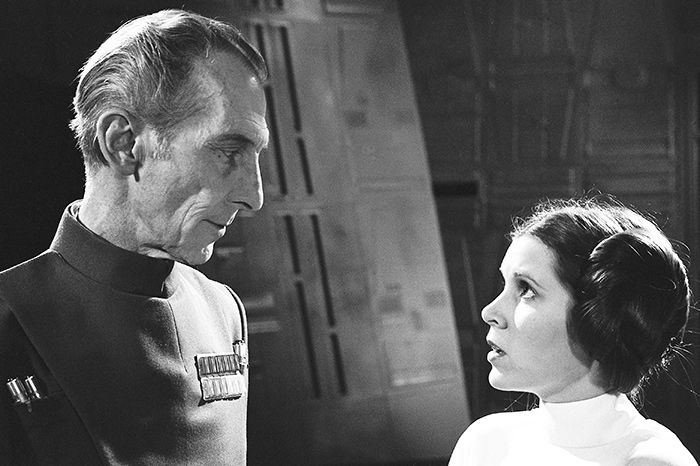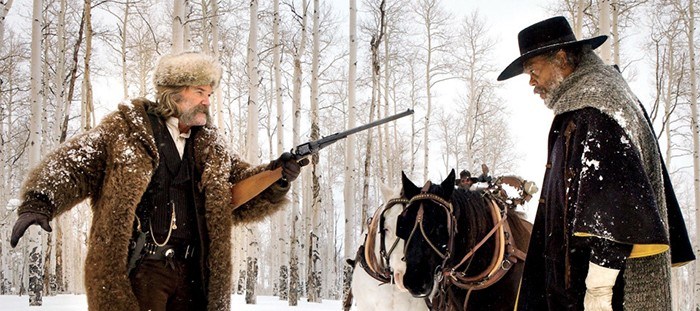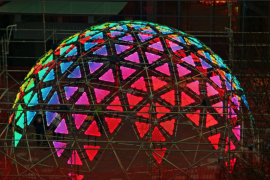
This past December, Rogue One: A Star Wars Story premiered in cinemas around the world. I, like many others, prepared myself for aliens, starships, Stormtroopers, and the anticipated return of Darth Vader to the big screen. What I was not prepared for, however, were two very familiar and unexpected faces which made comebacks in this new installment. Through the magic of motion capture technology, both Carrie Fisher and Peter Cushing’s likenesses were recreated to reprise their respective characters (Fisher as the brave Princess Leia and Cushing as the cold Grand Moff Tarkin).
This technology is only the most recent example of a phenomenon sweeping entertainment. Actors being resurrected or de-aged for films is slowly becoming a common occurrence in mega Hollywood blockbusters. Paul Walker’s likeness was resurrected shortly after his death to complete the story of his character Brian O’Conner in 2015’s “Furious 7.” In the Marvel Cinematic Universe, both Robert Downey Jr and Michael Douglas have been de-aged, as Marvel Studios turned back the clock on both actors for the films “Ant-Man” and “Captain America: Civil War.” Looking beyond film, dead celebrities have also been brought back as corporate tools in commercials since the late 1990’s. The likeness of Fred Astaire was infamously used to sell vacuum cleaners back in 1997, and in a recent chocolate commercial, a young Audrey Hepburn makes an appearance. This tool is becoming a norm in media and film and is obviously here to stay.
But none of these experiments in visual trickery have ever held a deeper impact as the inclusion of Cushing in “Rogue One.” Most of these digital effects have involved a still living actor. Cushing, a fan-favorite of the Star Wars franchise and an icon of the Hammer Horror studio during the 1960’s, has been deceased for over twenty years. The monumental task of recreating the actor was only possible thanks to a life mask molded of the actor in 1984. This, along with his filmography, were the sole reference points for the wizards at Industrial Light and Magic (ILM) in San Francisco. Apart from the performance of Guy Henry, who portrayed Tarkin under the motion capture CG, ILM was basically working from scratch. The result is a shockingly realistic rendering, which is without a doubt the most believable recreation of an actor ever done.
When I saw this performance back in December I was blown away. As many know, Star Wars is known for its contribution to special effects. But the inclusion of Cushing in Rogue One is a whole new level which has arguably never seen before. As mentioned, these digital performances have been around for a couple of decades, but a majority have been very small scenes and not an entire performance. From beginning to end, Tarkin is an established character in this narrative. I believe that this motion capture performance will stand as a hallmark of special effects in film.
Though this is a huge development in the technology, many have taken issue with the moral consequences surrounding it. In his piece “Rogue One: the CGI resurrection of Peter Cushing is thrilling – but is it right?”, Joseph Waltz points out issues brought up by actors, particularly by the beloved late comedian Robin Williams. Waltz states, “Williams had passed on rights to his name, signature, photograph and likeness to a trust protecting the use of his image until 2039. Williams… clearly saw Hollywood’s direction.” There seems to be a fear among many actors in Hollywood that this new technology will make their faces a commodity. Does a studio begin to own the rights of people’s faces to sell vacuum cleaners and chocolates? And who gets the acting credits for the motion capture performances? If, for example, Peter Cushing was nominated for a posthumous Academy Award for “Rogue One”, would he or Guy Henry really deserve the honor?
The entertainment industry now finds itself in quite the predicament. Waltz acknowledges that it seems to be a labor of love, honoring a great late actor with a performance that many believe he would be proud of. But the problem with that line of logic is that we as viewers and filmmakers don’t always know whether an actor would formally allow for their posthumous likenesses to be used. Not all of them can formally state their opinions as Williams had, leaving room for studios and filmmakers to take advantage of the deceased. If an actor does not explicitly state their opinions where does this leave filmmakers wanting to use this tool?
Instead of muddying the waters on the subject, the use of a CGI Tarkin in Rogue One actually provides guidance to future filmmakers. Rogue One’s focused on the Death Star, the gigantic planet-destroying battle station from “A New Hope”. Tarkin is defined as a character by his relationship with the death star. Having a film about said battle station and not including the Grand Moff makes no narrative sense. The inclusion of this character in “Rogue One” stands as a love letter to a beloved late actor- one who stuck in the hearts and minds of fans for generations. The CGI makeup was a necessity for the success of the film. Using the face of a dead actor in a film must be essential to the plot, otherwise its use will come across as pandering to the needs of an audience. If used correctly and as a necessity, these digital performances will amaze viewers and honor the work of beloved late-actors.





